Starbucks closes all its 379 Teavana stores, not just to stop losses
one
Shut down 379 Teavana
Still selling tea at Starbucks stores.
Although Teavana's gorgeous rainbow display wall is still a target for many tea shops to emulate, it doesn't seem to bring it more popularity.
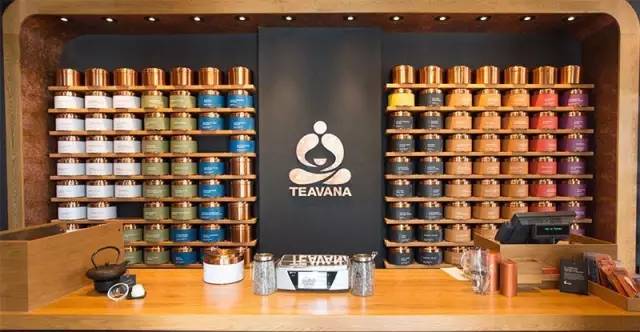
▲ Teavana's sign rainbow wall made of tea
Last week, news emerged that Starbucks would close all its Teavana stores within a year after it revealed that it had spent heavily on acquiring about 1300 Starbucks stores in Shanghai, Jiangsu and Zhejiang.
In 2012, Teavana bought the Atlanta-based tea retailer for $6.2m, and Starbucks had high hopes that when its first tea bar store opened in 2013, it planned to open at least 1000 stores within five to 10 years. (portal: exclusive interview with Teavana: there are no tables and chairs in the store. The price is 250 yuan per customer. No wonder Starbucks will buy it.)
This seemingly sudden "store closure plan" actually had an omen three months ago: Starbucks made a "strategic choice" for Teavana because it was a drag on performance. In the end, the poor performance of Teavana is attributed to the decline of physical retail--
In the United States, online sales are on the rise, and brick-and-mortar retailers are feeling the cold winter, and most of these Teavana stores are located in shopping malls across the country.
But it seems that Starbucks has not given up selling tea.
Its CEO Kevin Johnson said Teavana beverages will still be sold in Starbucks stores, and the company expects to sell more than $1.6 billion of Teavana drinks through Starbucks stores in 2017.
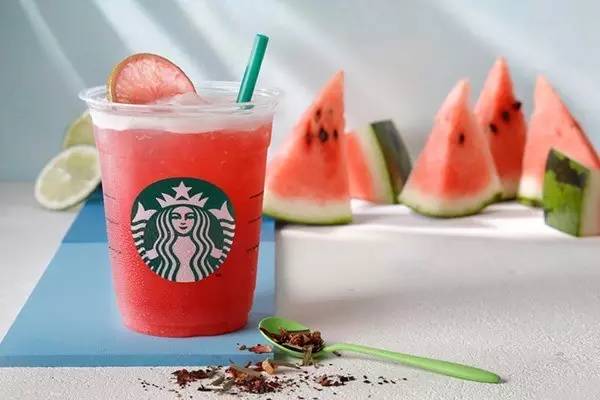
▲ will continue to rely on stores to sell Teavana drinks.
two
Close the shop, not just to stop the loss
This is not the first time Starbucks has "failed" in tea.
At the beginning of 2016, there was a "grapevine" that Teavana was going to open a store in China, and people in the industry were eagerly looking forward to or worried about it. However, it was not long before the result was that five Teavana tea bars closed four, leaving only one store in Seattle as an experimental store.
Starbucks doesn't seem to have done anything wrong with some of the business moves about Teavana. Now, however, even retail stores are facing closure, which seems to prove once again that it is not so easy to sell tea.
But for Starbucks, it may be more than just a stop-loss decision.
Starbucks is known in the industry for being "unprofessional". In addition to Teavana, it has also tried to acquire fruit juice chains and baking chains.
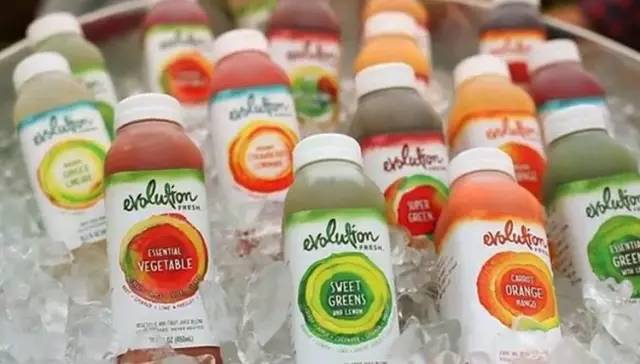
The fruit juice company acquired by ▲ Starbucks
Even the closure of the shop is not the first time.
In 2012, Starbucks bought Bay Bread, a bakery, and its coffee shop, LaBoulange, for $100m, and plans to open 400 stores. But three years later, Starbucks announced the closure of all 23 LaBoulange stores.
In 2011, Starbucks bought a juice company called Evolution Fresh for $30 million, and earlier this year it was announced that it was preparing to close its store.
There may be a signal behind this that the company is trying to highlight its core business and focus the products and services it wants to export on the medium of Starbucks coffee stores.
"it would be wise to close the Teavana store and graft its brand and products into Starbucks' existing stores. In this way, we can focus more on the core business and use Starbucks' huge channels to find new growth points for our stores. " Liao Weijia, founder of tender green tea, said.
Nie Yunchen, founder of Xi Tea, said: everything has an exploratory and gradual process, closing the shop does not mean failure, trying new things will inevitably have twists and turns. The question to consider is whether opening a tea shop is good for the brand. When consumers' awareness of the brand is to a large extent under the coffee category, tea shops will dilute consumers' awareness.
Starbucks, on the other hand, seems to have found a new way out, such as eating. One piece of news on Starbucks' July 27 earnings call was that revenue from the food section was growing strongly, accounting for 21% of Q3 revenue in the U. S. market.
three
Will Starbucks' tea experiment stop here?
In the Chinese market, Starbucks' Teavana will face more problems.
On the one hand, tea has a natural cultural gene penetration in China. Consumers have a high degree of acceptance of tea drinks, which means that they are more familiar with tea products and generally have higher requirements, and it is not easy to gain word-of-mouth through taste.
A new generation of young consumers now have too many choices. The wave of new-style tea has given birth to a number of fresh and thoughtful brands. There are quite a few of them, no matter in terms of product, experience or publicity, the creativity shown is not to be underestimated.
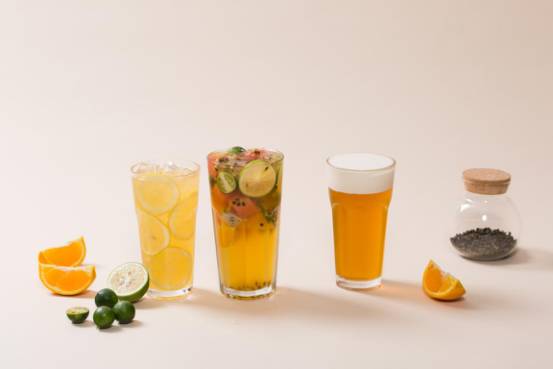
The power of ▲ 's new tea should not be underestimated.
The standard and efficiency of the products, coupled with Starbucks'"third Space" experience, make Starbucks proud in the Chinese coffee market, but it does not seem to be enough to replicate it as a new flow portal in tea.
It is a familiar and safer choice for Starbucks to integrate Teavana products into the menu of Starbucks coffee, put them on the shelves and promote them with new products in season.
At present, it seems that the arrival of the Teavana teahouse is still a long way off. However, in the Chinese market that Starbucks attaches so much importance to, will its future "tea experiment" stop? I don't think so--
After all, this is a market that has tea consumption habits, is undergoing consumption upgrading, and has great potential.
In addition, Starbucks' obsession with tea may have come from the very beginning: in 1971, the sign of the first Starbucks store in Seattle read "Starbucks Coffee Tea & Spices".
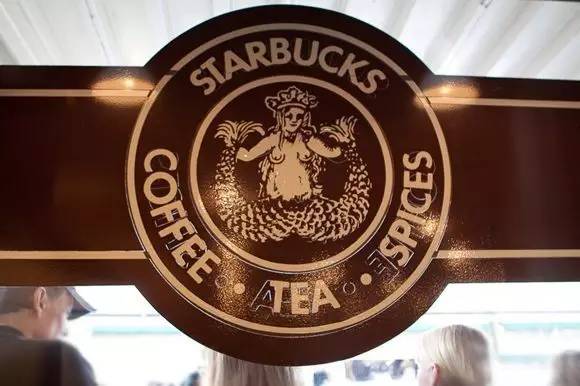
▲ early Starbucks logo
-End-
Important Notice :
前街咖啡 FrontStreet Coffee has moved to new addredd:
FrontStreet Coffee Address: 315,Donghua East Road,GuangZhou
Tel:020 38364473
- Prev
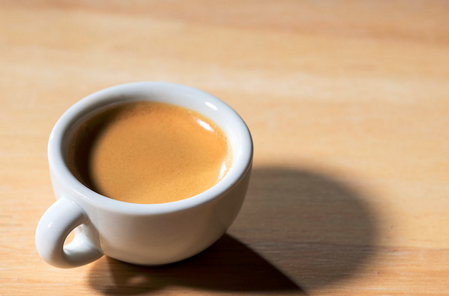
Comprehensive excavation of quality characteristics of Pu'er Coffee
In recent years, Yunnan Standardization Institute and Pu'er quality Supervision Bureau have comprehensively excavated the quality characteristics of Pu'er coffee. The relevant personnel visited the production, processing, testing, research and marketing departments and enterprises such as Pu'er entry-exit Inspection and Quarantine Bureau, Pu'er Tea Coffee Bureau, National Coffee key Laboratory, Yunnan Simao Beigui Coffee Co., Ltd., visit local senior coffee experts and hold seminars.
- Next
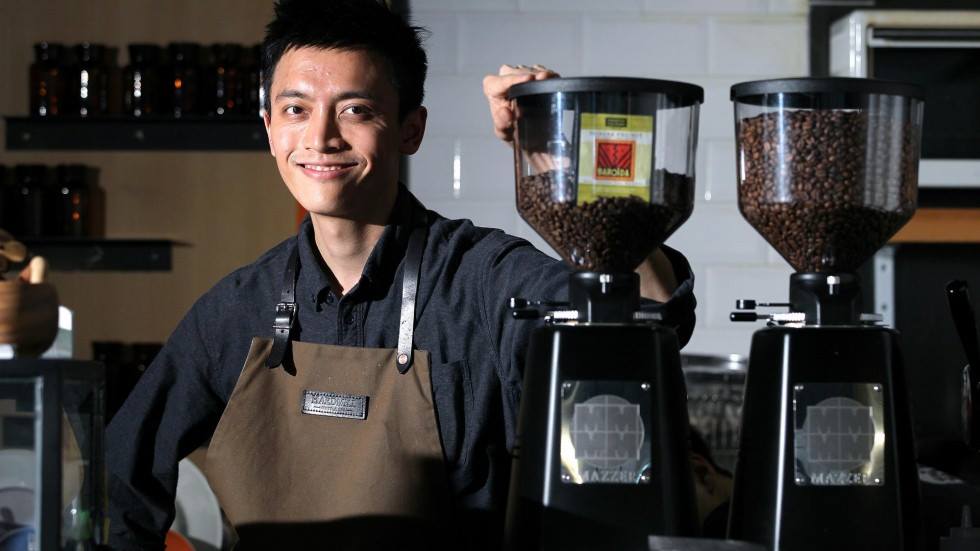
The speakers of the fourth BlackWaterCrunch (Coffee Symposium), Pak Gu Zhe and Zhao Jiabao
BlackWaterCrunch, a coffee seminar hosted by BlackWaterIssue, will be held at the LW Convention Center in Seoul, South Korea on August 4th. Two of the speakers are from overseas, namely 2016WBrC champion Sakatani (Tetsu Kasuya, Japan) and 2014WBC runner-up Zhao Jiabao (Capo Chui, Hong Kong). Before the seminar, we BlackWaterIssue conducted an interview in advance. q)
Related
- Detailed explanation of the proportion of gold gouache in hand-brewed coffee? What are the Gold Cup Guidelines?
- What is the difference between the gold label rose summer and the red label rose summer in Guixia Village? Are Rose Summer 1931 and Gori Rose Summer?
- Cudi stores ban other brands of coffee?! Netizen: No problem
- Is it better to make coffee cold or hot? Why is it recommended to drink hot coffee?
- Lucky people collapsed! The store ceiling is full of AI surveillance cameras?!
- Law Enforcement Bureau? Mixue Ice City enters Zhengzhou BRT platform!
- Heavy! Nestlé has been exposed to consider selling blue bottle coffee!
- Compensation of 270 million yuan! Starbucks has been charged with violating labor laws more than 500,000 times!
- What are Xizhao coffee beans? Why did they become champion beans? How to rush to the manor on the dividing line in Colombia?
- What does channel effect mean in coffee? Why are there holes in the coffee powder cake?

